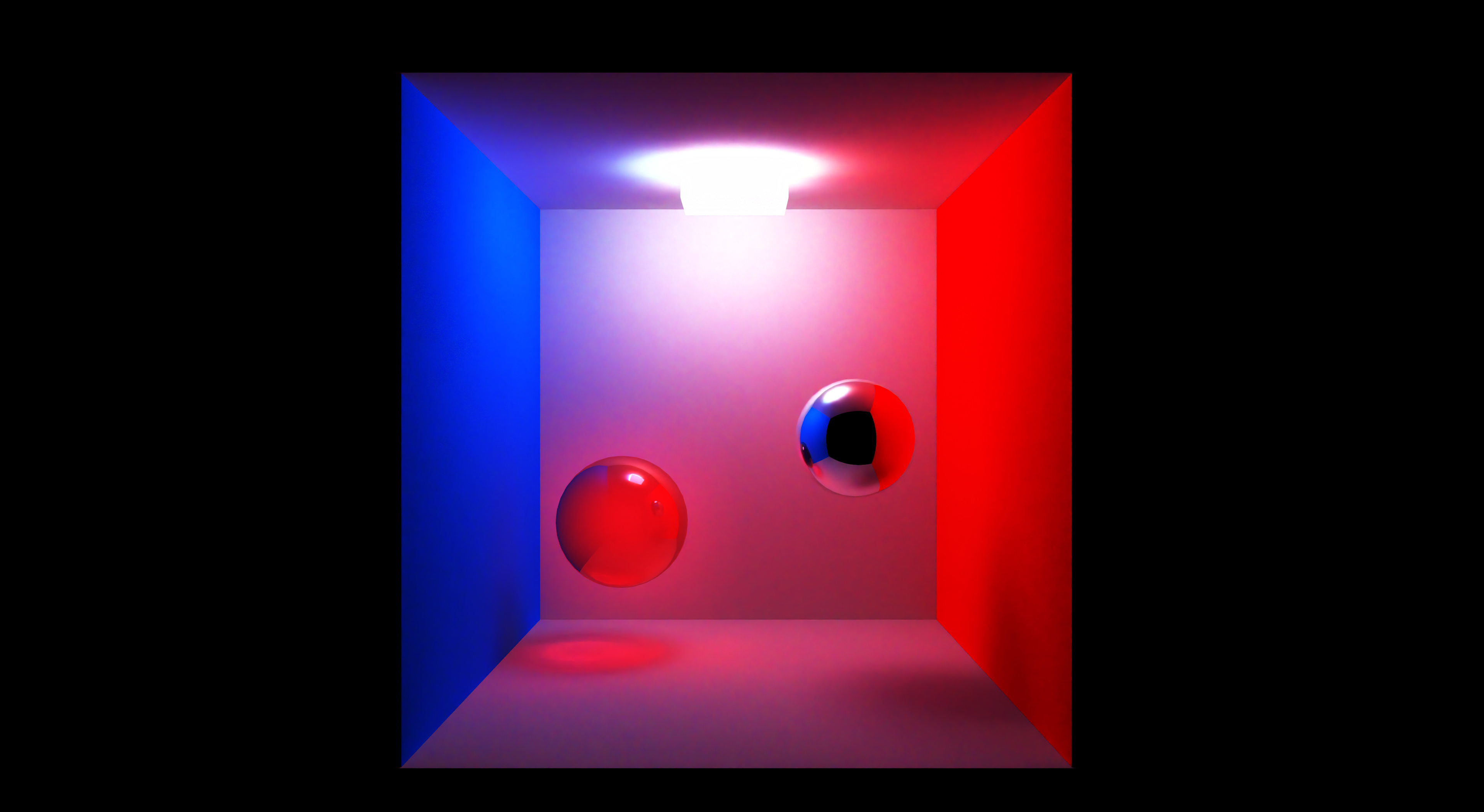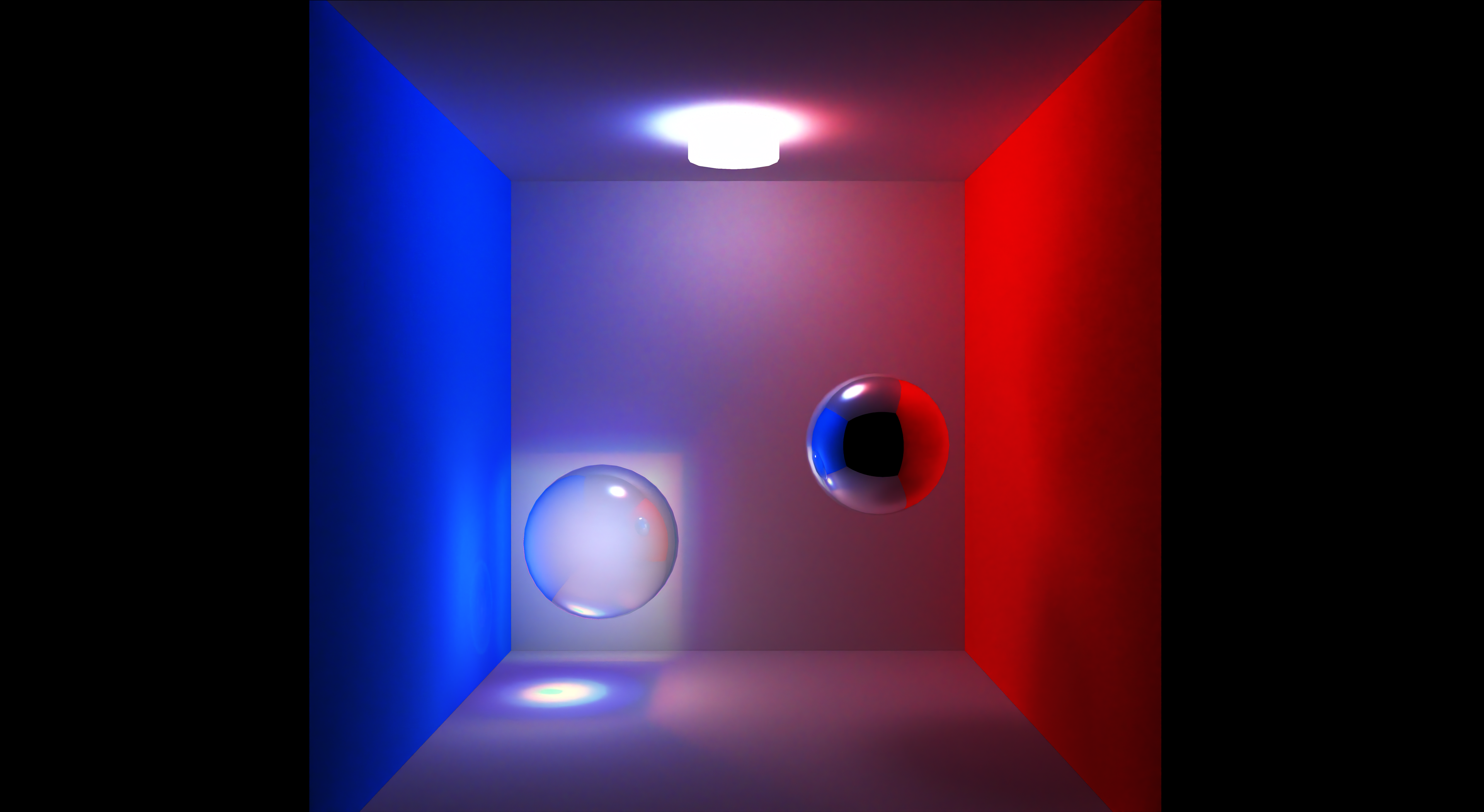taby said:
I am thinking that it has to do with the shape and placement of the light. I only have one BLAS – all of the vertices and indices as one – and one TLAS – using the identity matrix for a transformation.
You mean the box light on top causes the square shape? Maybe. But i would replace it with a sphere light to see if that's true.
taby said:
LOL are you trying to make me paranoid? :)
You're programmer. So you already are. : )
taby said:
What are you stuck on?
Stitching meshes together. I process the geometry in grid cells independently, and sometimes results don't fit together nicely across cells. So i need to fill holes and remove overlaps.
Even if they do match, if the cut is along multiple edges between the same pair of vertices, i can't easily tell which part belongs to which edge. Seems a complex combinatorial assignment problem. If i do it wrong, topology changes and i may need to introduce new vertex duplicates because a former single surface becomes multiple surfaces, which can not share a vertex. But sadly i see this only after assigning bad edge pairs. I would need to know before.
This is what makes out of core remeshing so hard. Afaik, nobody has ever done this. Now i know why.
And for me it's even much harder, because i allow representation of topology in its simplest form. I can make a torus from just 4 quads and 4 vertices. Others would declare this a degenerate case and prevent it. But if you subdivide and deform you can get a proper torus. However, if we cut the edges open and try to reconnect without additional information, we could make a topological torus, a sphere, or two spheres from those 4 same quads.
Don't worry if you can't follow. I do not understand it either. : |









